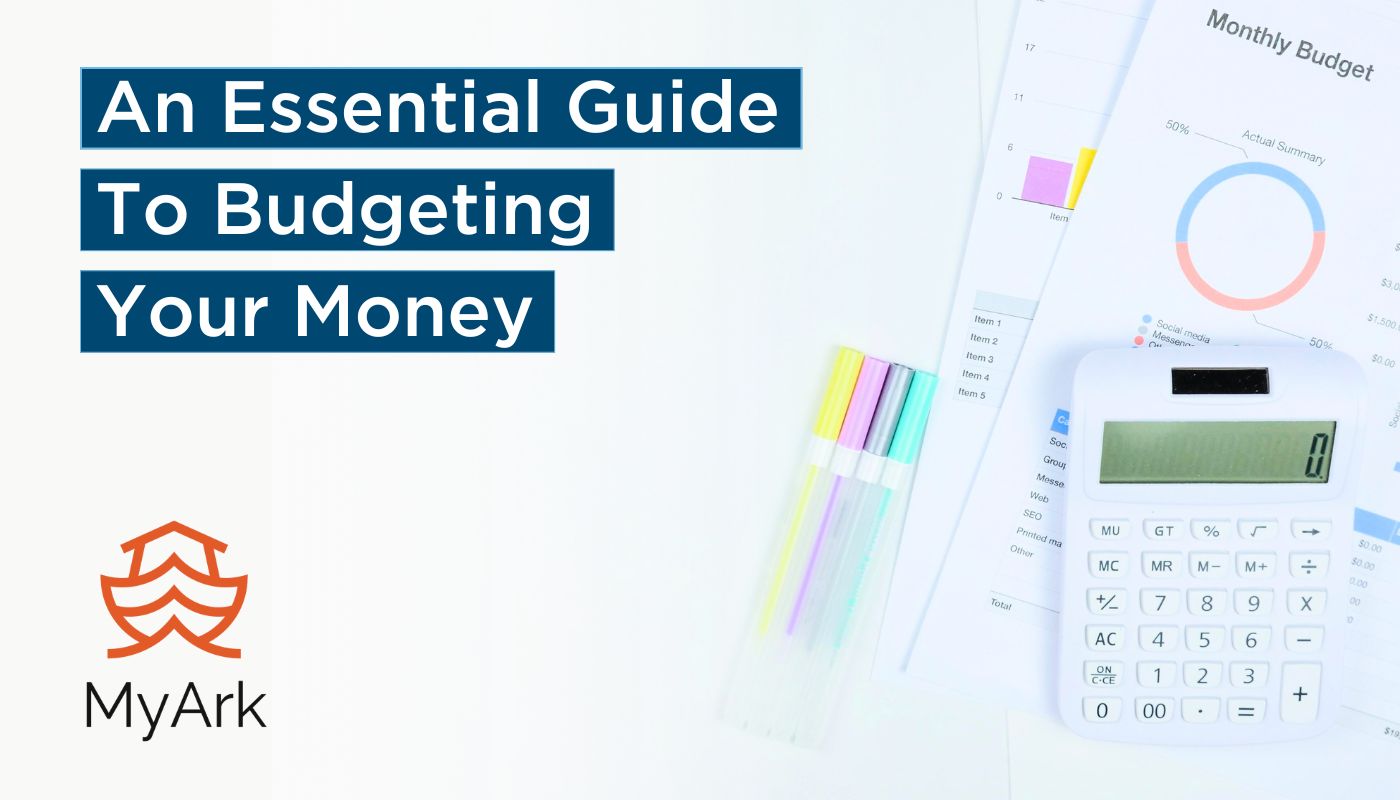
In short – a budget is all the money you have coming in and all the money you spend. Once you get more money coming in than going out, you have a surplus. To get there you may have to save harder, work longer hours or rise through the ranks, but we work hard for our money, and financial planning is simply making sure that ‘surplus’ money then works hard for you. Small changes now can create big changes in your future & your opportunities.
What are your goals?
Like with any good plan, you need to know where you are headed. It could be: Retire by 65 to spend time with my grandkids. Have a career change at age 60 so I can do something to give back more. Be able to pay for half of each of our children’s university education so they don’t come out with too much debt. Buy the small place by the sea we have always dreamed of.
And they may change.
No plan survives contact with the enemy. But having a plan at least steers you in the right direction. When you start planning/looking at goals you will probably be in one of these buckets:-
You need to make some changes to your financial plan in order to achieve the goals (earn more, spend less, save/invest more)
You are on track to realise these goals. Stay disciplined and keep going as you are. You are doing better than expected so you might be able to retire earlier, buy the cottage sooner or help your kids more.
How do I build my plan?
A financial plan is like a business plan – the business being you and your family. And in a business, when you draw up accounts two things you have are a balance sheet (which shows all of your assets and liabilities), and a cash flow statement which shows how your cash position moves year on year. As an individual you can prepare a similar summary – listing your assets (your home, your cash savings, your pension and your investments); and your liabilities (your mortgage). Your budget will show your projected incomings and outgoings (income and expenditure), which hopefully gives you some kind of surplus year on year. Start with a simple spreadsheet, keeping it as uncluttered as possible to help ensure you can see the wood despite the trees. It should take into account:
· Income & expenditure – current (what you have now) and forecast (what you think you will have in the future) as well as spending, now and future.
· What you expect the rates of return on cash savings and investments to be (e.g. interest rates on a bank account)
· Tax rates on different types of investment (pension, ISA, general investments).
· The impact of inflation etc
When you have all this info you can see your whole financial picture and if you are you on track for your goals.
Depending on how comfortable you are with excel, or if you know someone who is, you can even run ‘what if’ scenarios to see how robust your plan is and assess the risks that might impact it. Some risks might be unknown – for example future redundancy or other loss of income. Other risks are already there – such as inflation.
9 steps to budgeting – a quick guide
1. Understand everything you spend money on. Look at spending throughout the whole year, inc. Netflix & football clubs. Open all the bills & leave nothing out. Use bank statements to review the last year and spot things you may have missed.
2. Look forward – how are these costs likely to increase over the next year? Inflation/price rises need to be added into your budget as well as any new costs you have coming up, like additional childcare or increased mortgage payments.
3. Compare all your costs/outgoings against your income. Not how much you earn but what lands in your bank account each payday. Are you living within your means? Or not? Be honest with your current situation.
4. Take the easy wins – cancel unused or unnecessary direct debits and standing orders. Renegotiate phone contracts, broadband, insurance. Haggle!
5. Reduce costs – some obvious ones like where you shop, what you buy, limit energy use, subscriptions, social stuff. Also think about longer term savings like smaller car, cost of rent etc.
6. Prioritise – list all your outgoings as either essential or non-essential. Order non-essential in priority – what would you be prepared to cut first?
7. Set a budget on non-essential spend by type so clothes, food, social, travel. Stick to your budget.
8. Review how you’re getting on. Be honest with yourself and your partner. If it’s not working, talk about what’s difficult. What have you splurged on that you shouldn’t? See if you need to reallocate budgets (e.g. more on social, less on clothes).
9. Evolve your budget into a full financial plan. Once you are in a good place day to day start to build your emergency fund and even your pension and savings. You can speak to an independent financial adviser or go the sites listed above.